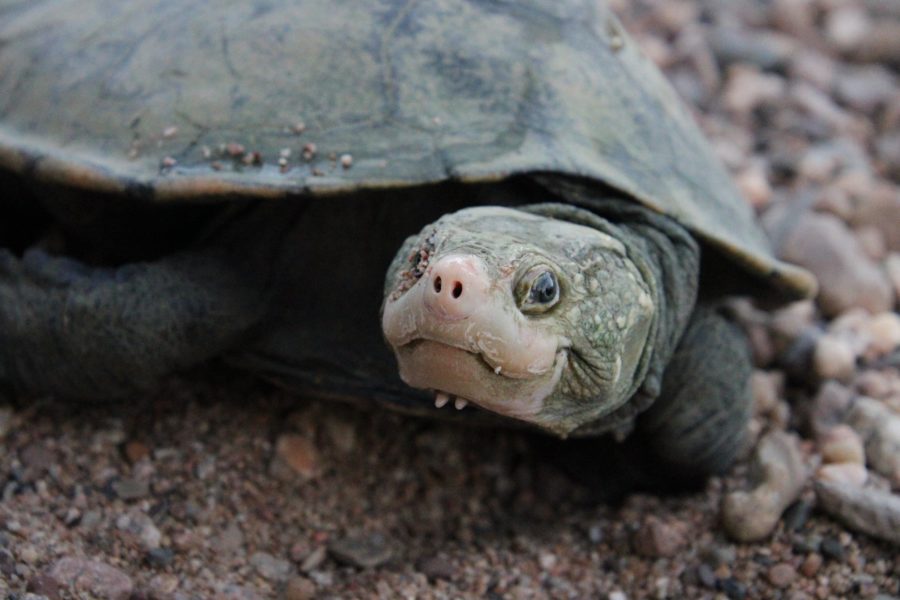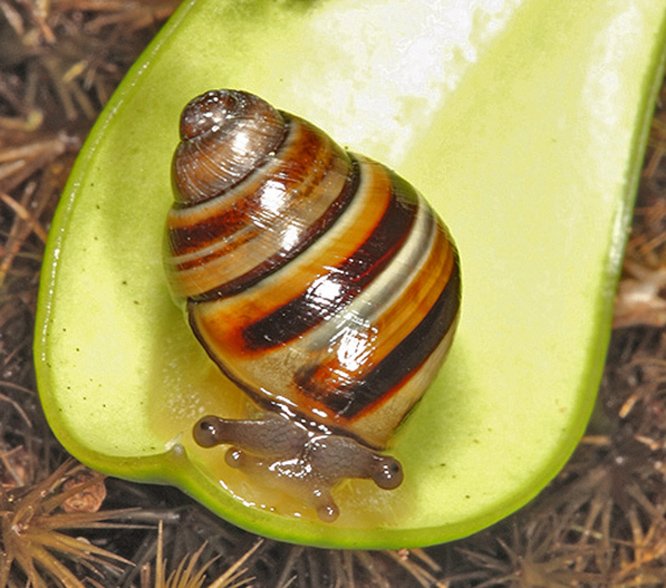Steve Irwin’s long-lost bum-breathing turtle rediscovered in northern Queensland

It’s been 25 long years since the elusive species has been formally recorded to be living in a small habitat in northern Queensland’s lower Burdekin River.
But now a team of researchers have confirmed the presence of Irwin’s turtle (Elseya irwini) at not only one, but many sites along the river.
The turtle was first discovered by Steve and Bob Irwin when the father and son duo – while camping on the banks of the Burdekin River – noticed the turtle’s distinct pale-coloured faces popping up out of the water.
It is this characteristic, caused by a lack of pigment-containing cells that sit near the surface of the skin, that makes these turtles unique … as well as their ability to breathe through their bum!
It is through their cloaca posterior that they are able to breathe underwater. This orifice also acts as the digestive, reproductive, and urinary tract.
The rediscovery of Irwin’s turtle was made possible by new eDNA detection technology used by the James Cook University-led team of researchers, who took water samples from the lower Burdekin River and analysed them for environmental DNA (eDNA).
“Previously, it’s been very difficult to sample for the Irwin’s turtle because they only live in places where there are crocodiles, or in upland tributaries which are very hard to access,” says Centre for Tropical Water and Aquatic Ecosystem Research (TropWATER) director, Professor Damien Burrows.
“They also don’t come into traps easily and the water they are living in in the Burdekin isn’t clear so you can’t put in underwater cameras to see them. But now with eDNA, all we had to do was take a water sample and analyse for their DNA.
“Until this rediscovery, we didn’t have any formal records to prove that the Irwin’s turtle was still living in the lower Burdekin River, and that river has changed a lot since the construction of the Burdekin Falls Dam.
“It’s reassuring to know they are still living there.”
Professor Burrows adds that not only was the eDNA technology vital to the rediscovery of this turtle but has the potential to revolutionise how researchers track and locate both aquatic and land-based animals.



